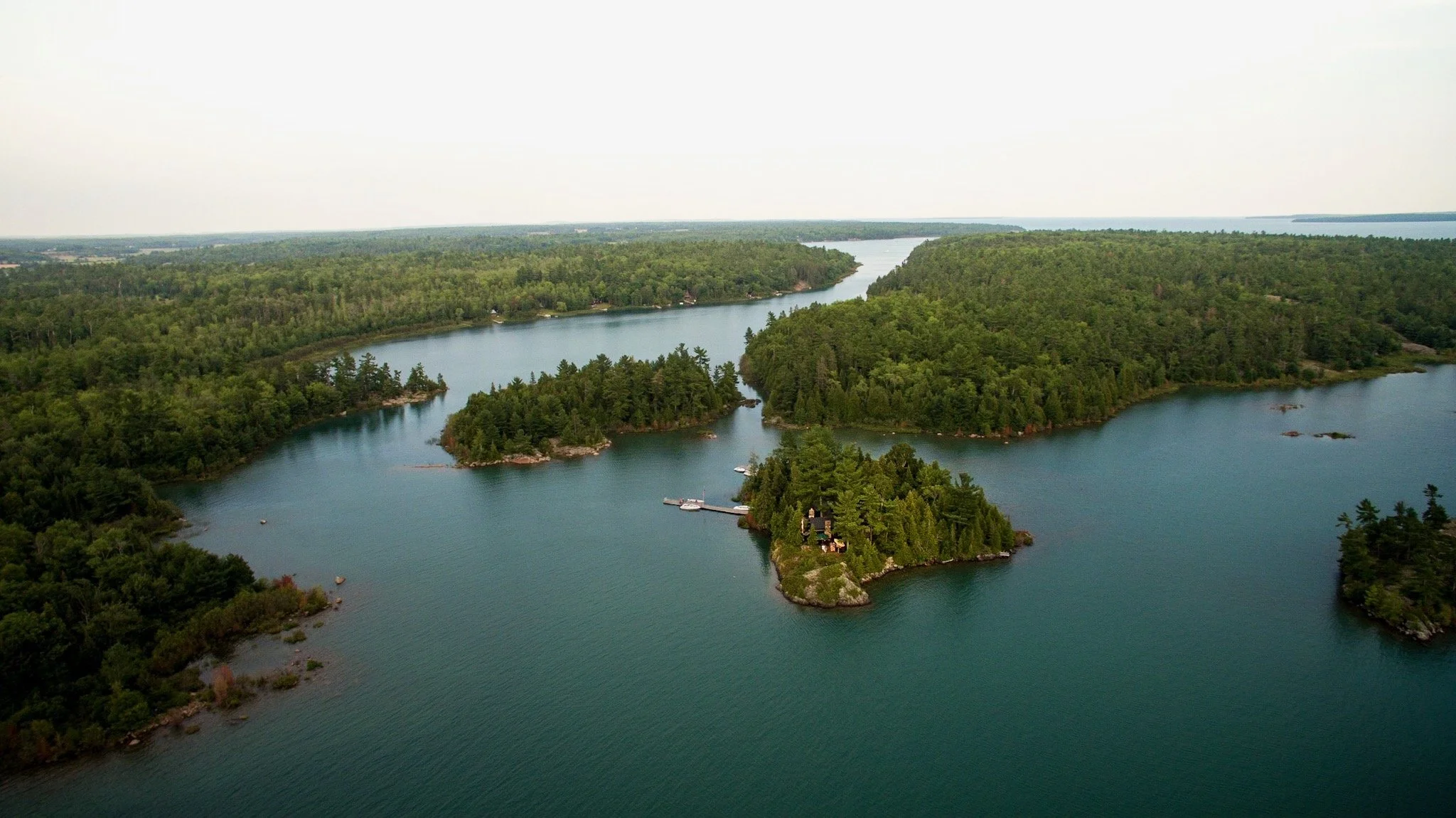Ford Transit—10k mile review
10,000 Miles in a Ford Transit AWD: The Colorado Test
If you’re curious where to start your van buildout, my first piece of advice is to call Colorado Adventure Vans (CAV). They’ve been a sounding board since the day I started looking at empty shells. But this story isn’t about cedar ceilings, leather bench seats, or hidden storage compartments. Ten thousand miles in, I’ve only wire-framed my interior.
This is about the bones: the drivetrain, the suspension, and how a stock Ford Transit navigates everything Colorado roads throw at it before you ever spend the time putting a bed and furniture inside.
The Heart I Wanted
When I started shopping for a Transit, I wasn’t chasing max torque numbers or a turbo sound. I wanted something I could reasonably count on for a decade or more—a motor that would still feel familiar and serviceable years from now, even in the hands of a local mechanic far from a dealership.
That’s why I went for the naturally aspirated 3.5-liter PFDI V6. It’s a direct- and port-injected workhorse rated at 275 horsepower and 262 lb-ft of torque, paired with Ford’s 10R80 10-speed automatic. No turbos, no whistles, no boost lag. Just steady, linear power that’s predictable on a snowy climb or a hot summer descent.
Yes, the turbocharged EcoBoost variant shares architecture and offers more grunt, but with that comes more complexity—extra cooling systems, more sensors, more potential points of failure. For my purposes, the naturally aspirated engine hits the balance: strong enough for Monarch Pass, simple enough for long-haul reliability, and tuned for efficiency rather than drag racing the guy next to you in a Sprinter.
The result? At 10,000 miles, I’m averaging 20 mpg on the dot. For a full-size AWD van in the Rockies, that’s a number I’m more than happy with. I’ve seen Transits with this same engine push past 300,000 miles in fleet service. With the kind of attention I plan to give mine, I have every reason to believe it’ll still be running strong when it’s time to hand the keys to the next chapter of my life.
From Econoline to Independent Suspension
The Transit replaced the old Econoline, but Ford didn’t throw out its hard-earned lessons. Instead, they gave the van something the Econoline never had: an independent front suspension with updated geometry.
It’s the sort of change you don’t notice until you’re descending a winding canyon or pulling out to pass a loaded-down RV. The center of gravity sits confidently in the middle, and the suspension resists the lean & bounce that used to plague older vans. There’s less body roll, more composure—the difference between bracing yourself in the seat and simply steering through the curve.
That poise pays off on the plains, too. I learned that one afternoon driving back from the midwest when the sky turned the color of a bruise. A tornado formed off in the distance, and the wind started snapping between head-on and full broadside gusts. The Transit didn’t fight it. It floated slightly, then resettled, keeping me in my lane with no white-knuckle corrections. Stability like that is more than comfort—it’s confidence.
Mountain Roads and Monarch Snow
Monarch Pass in a snowstorm is a different animal altogether. The grade is long, the weather unpredictable, and the margin for error thin. This is where the AWD system earns its keep.
Snow mode sends power where it’s needed without spinning tires or jerking the chassis. There’s no lurch, no drama—just a steady claw forward.
What surprised me most is how quiet and composed the van feels in those conditions. The torque is there when you need to overtake on the uphill, but it never feels like it’s straining. Then, on the descent, it slices through the air with just enough drag to keep speed in check. Not a free fall, not a fight — more of a float.
City Streets and Trailhead Lots
A good Colorado vehicle needs to be bilingual: fluent in dirt-road switchbacks and parallel parking. The 148" wheelbase mid-roof AWD Transit pulls it off. It’s tall enough for me to stand in to change, yet short enough to slip under most height limits and tuck into a city parking spot without blocking the lane.
Trailhead access has been easy. Even in shoulder-season slush, the AWD keeps it moving without chewing up the lot or digging trenches. Sure, it’s not a Wrangler—approach and departure angles will remind you this is still a van—but I’ve yet to find myself backing out because the terrain was too much, choosing roads within reason.
The Plan: Sleeper Wagon to Family Wagon
I didn’t buy this van for an endless stream of coffee-in-bed photos. My first stage is a sleeper wagon: light insulation, a simple bed platform, and efficient storage for boots, packs, and miscellaneous gear. The build will be minimal by design, so I can spend more time on trail and less time at camp unpacking my life.
But the vision extends beyond that. A little further down the road—should I be so blessed—I’d like it to evolve into a family wagon. A rolling basecamp for summer road trips, mountain weekends, and the kind of adventures that start with a full thermos and a map on the dash.
Longevity in the DNA
One of the deciding factors for me was seeing Transits with 300,000-plus miles still running their original drivetrains. You don’t get that without a platform engineered for long-haul service. This van was built to work: deliveries, trades, shuttle duty. It’s used to carrying weight and logging miles day after day.
That’s not a promise of zero problems. Any machine needs care. But it’s a reminder that with consistent maintenance—oil changes, transmission services, brake flushes—this can be a vehicle I can depend on for decades. For me, it’s not just a purchase; it’s an investment in a tool I can shape my life around.








